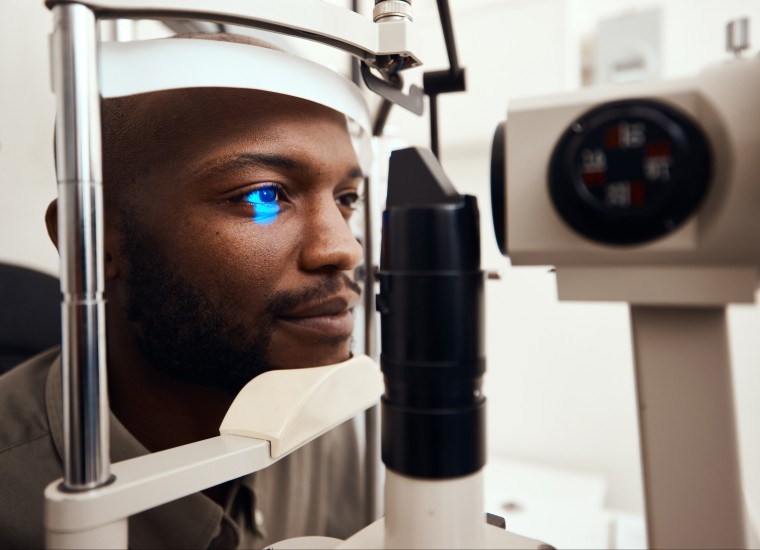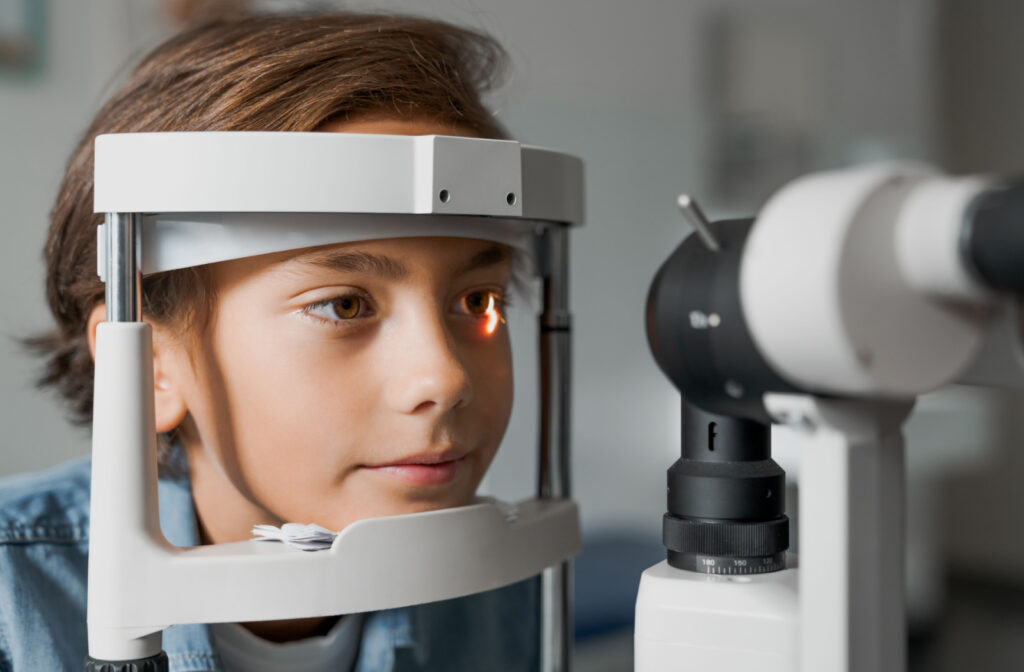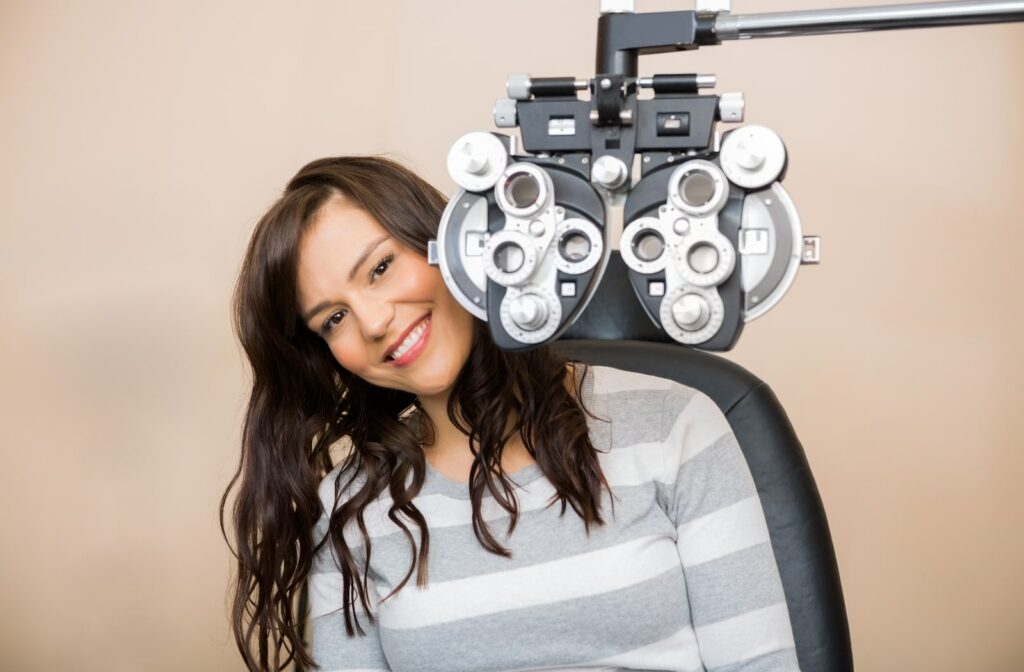All Categories
Featured
Low vision, a problem where traditional glasses, contact lenses, or surgical treatment can not completely recover view, can make day-to-day tasks challenging. Reduced vision rehabilitation offers a variety of resources to assist individuals maintain their independence and top quality of life. This article explores the choices available for those seeking support in managing their visual impairments.
What Is Reduced Vision Rehab?
Low vision rehab is an organized method to assist individuals maximize their continuing to be vision and adapt to brand-new means of carrying out everyday tasks. Experts function with patients to create individualized approaches, integrating devices, techniques, and training programs that suit their unique demands.
![]()
Trick Options for Reduced Vision Rehabilitation
Vision Enhancing Instruments
Optical Aids: Gadget like magnifiers, telescopic glasses, and special reading lenses can improve clearness for reading, writing, and various other close-up tasks.
Digital Visual Help: Tools such as electronic magnifiers and mobile video clip magnifiers offer flexible zoom capabilities for numerous jobs.
Wearable Technology: Smart glasses equipped with cameras and voice comments offer cutting-edge solutions for enhancing vision.
![]()
Assistive Modern Technology
Display viewers, text-to-speech applications, and gadgets with voice commands make innovation accessible for individuals with reduced vision.
Mobile phone applications, such as navigation aids and item recognition tools, help customers communicate with their surroundings extra effectively.
Educating and Therapy
Positioning and Flexibility Training: Specialists teach skills for navigating areas securely, consisting of using white canes or guide canines.
Daily Living Skills Training: Rehab programs give techniques for food preparation, cleansing, and personal care, ensuring that individuals can do important tasks separately.
Aesthetic Skills Educating: Workouts designed to optimize using staying outer vision can enhance visual functionality.
Ecological Adaptations
Adjustments to living or offices can substantially boost accessibility. Examples consist of:
Installing brighter lights.
Including high-contrast markings to home appliances.
Organizing furnishings to produce clear paths.
Assistance Networks
Psychological and mental assistance is a crucial component of rehab. Support system, treatment sessions, and therapy services can help people handle the challenges of vision loss.
![]()
Peer networks attach people with comparable experiences, cultivating a feeling of neighborhood and shared understanding.
Just How to Gain Access To Reduced Vision Rehab Solutions
Reduced vision rehabilitation services are usually offered by:
Low Vision Clinics: Run by ophthalmologists and eye doctors specializing in vision impairments.
Physical Therapists: Experts in adjusting settings and jobs to match private requirements.
Not-for-profit Organizations: Groups such as the American Foundation for the Blind (AFB) or local blindness support companies provide useful sources and references.
Verdict
Reduced vision recovery offers an array of sources customized to boost functionality, increase confidence, and improve top quality of life. If you or a loved one is facing the obstacles of low vision, consider reaching out to an expert or rehabilitation facility to explore the several choices available.
What Is Reduced Vision Rehab?
Low vision rehab is an organized method to assist individuals maximize their continuing to be vision and adapt to brand-new means of carrying out everyday tasks. Experts function with patients to create individualized approaches, integrating devices, techniques, and training programs that suit their unique demands.

Trick Options for Reduced Vision Rehabilitation
Vision Enhancing Instruments
Optical Aids: Gadget like magnifiers, telescopic glasses, and special reading lenses can improve clearness for reading, writing, and various other close-up tasks.
Digital Visual Help: Tools such as electronic magnifiers and mobile video clip magnifiers offer flexible zoom capabilities for numerous jobs.
Wearable Technology: Smart glasses equipped with cameras and voice comments offer cutting-edge solutions for enhancing vision.

Assistive Modern Technology
Display viewers, text-to-speech applications, and gadgets with voice commands make innovation accessible for individuals with reduced vision.
Mobile phone applications, such as navigation aids and item recognition tools, help customers communicate with their surroundings extra effectively.
Educating and Therapy
Positioning and Flexibility Training: Specialists teach skills for navigating areas securely, consisting of using white canes or guide canines.
Daily Living Skills Training: Rehab programs give techniques for food preparation, cleansing, and personal care, ensuring that individuals can do important tasks separately.
Aesthetic Skills Educating: Workouts designed to optimize using staying outer vision can enhance visual functionality.
Ecological Adaptations
Adjustments to living or offices can substantially boost accessibility. Examples consist of:
Installing brighter lights.
Including high-contrast markings to home appliances.
Organizing furnishings to produce clear paths.
Assistance Networks
Psychological and mental assistance is a crucial component of rehab. Support system, treatment sessions, and therapy services can help people handle the challenges of vision loss.

Peer networks attach people with comparable experiences, cultivating a feeling of neighborhood and shared understanding.
Just How to Gain Access To Reduced Vision Rehab Solutions
Reduced vision rehabilitation services are usually offered by:
Low Vision Clinics: Run by ophthalmologists and eye doctors specializing in vision impairments.
Physical Therapists: Experts in adjusting settings and jobs to match private requirements.
Not-for-profit Organizations: Groups such as the American Foundation for the Blind (AFB) or local blindness support companies provide useful sources and references.
Verdict
Reduced vision recovery offers an array of sources customized to boost functionality, increase confidence, and improve top quality of life. If you or a loved one is facing the obstacles of low vision, consider reaching out to an expert or rehabilitation facility to explore the several choices available.
Latest Posts
Top Eye Center South - Affordable LASIK Near Me: Clear Vision at a Great Price.
Published Apr 10, 25
2 min read
A Raised Culinary Experience
Published Apr 10, 25
1 min read
Relish Bayside Sophistication at Deauville Inn's Sundown Deck
Published Apr 10, 25
1 min read